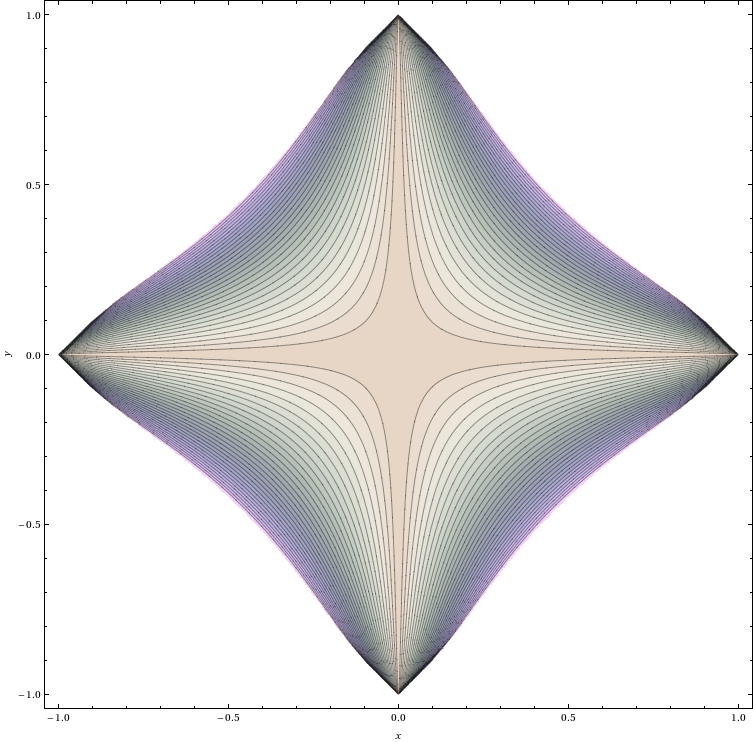numerical systems

There are many number sets, such as the real number set $\mathbb{R}$, or the complex numbers set $\mathbb{C}$. Complex numbers allow us to find simpler solutions to some physical problems or to put forward equations of more abstract models such as the Schrödinger quantum mechanical equation for wave functions. Complex numbers are comprised by a real and an imaginary part. We usually take the real part but the imaginary part may also have a clear physical meaning, for example, in the complex index of refraction where the imaginary part respresents absorption (or amplification). Complex numbers are represented in the cartesian plane, often called an Argand diagram, with a real axis and an imaginary axis. These orthogonal axes can be used to represent two dimensional space but not three dimensional space.
Is it possible to have complex numbers in higher dimensions? The answer is yes, they recieve the name of hypercomplex numbers. Hyperbolic numbers, Hamilton's quaterions, Clifford algebras or scators are a few examples.
scator algebra
The elements of scator algebra have a scalar component and $n$ director components. There are two distinct subsets of the hypercomplex scator number set $\mathbb{S}$:
- real or hyperbolic scators
- imaginary or elliptic scators.

